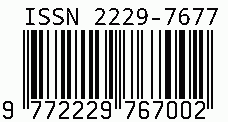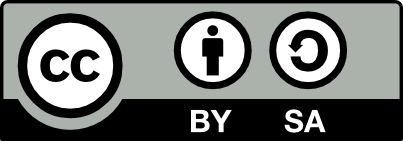
International Journal on Science and Technology
E-ISSN: 2229-7677
•
Impact Factor: 9.88
A Widely Indexed Open Access Peer Reviewed Multidisciplinary Bi-monthly Scholarly International Journal
Plagiarism is checked by the leading plagiarism checker
Call for Paper
Volume 16 Issue 4
October-December 2025
Indexing Partners



















The Fibonacci sequence and its occurrence in nature
| Author(s) | Aniruddha Kumar |
|---|---|
| Country | India |
| Abstract | The Fibonacci sequence, an illustrious numerical progression in discrete mathematics, is axiomatically defined such that each term is the sum of its two immediate antecedents, initialized by the seeds F0=0F0=0 and F1=1F1=1. This sequence emerges with remarkable prevalence across natural systems, dictating the morphology of botanical architectures—such as the helical arrangements of florets in composite inflorescences, the phyllotactic spirals of gymnosperm cones, and the equiangular spirals of gastropod shells—as well as the macroscopic geometry of galactic arms. This treatise rigorously examines the sequence’s mathematical foundations, its profound interconnection with the Golden Ratio, and its empirical manifestations in biological and physical systems. Through a synthesis of theoretical analysis and observational evidence, we illuminate the pervasive role of mathematical order in shaping natural phenomena. |
| Keywords | Fibonacci sequence Discrete mathematics Golden Ratio Mathematical order Natural systems |
| Field | Mathematics |
| Published In | Volume 16, Issue 2, April-June 2025 |
| Published On | 2025-04-24 |
| DOI | https://doi.org/10.71097/IJSAT.v16.i2.4062 |
| Short DOI | https://doi.org/g9gp34 |
Share this


CrossRef DOI is assigned to each research paper published in our journal.
IJSAT DOI prefix is
10.71097/IJSAT
Downloads
All research papers published on this website are licensed under Creative Commons Attribution-ShareAlike 4.0 International License, and all rights belong to their respective authors/researchers.

